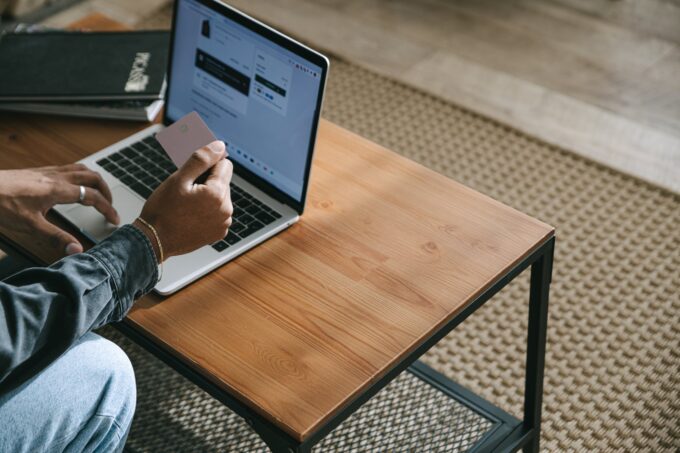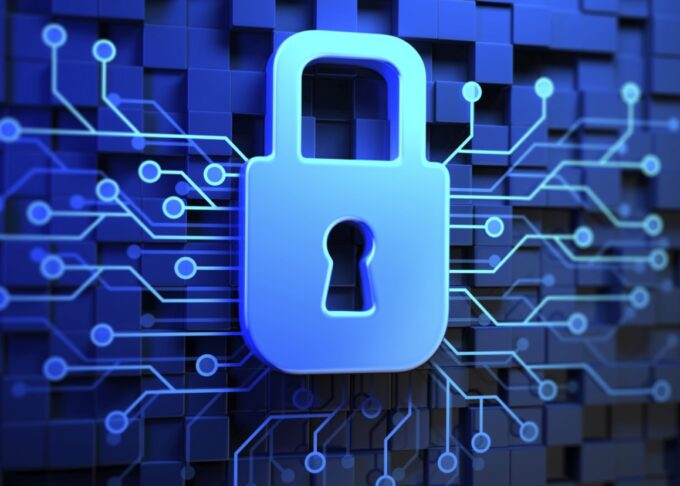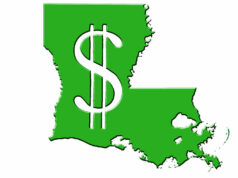It’s a fascinating time to be alive with technology right at your fingertips. You can get anything, and everything you want, from a packet of petunia seeds, ordered online to groceries delivered to your home and even a tailor-made suit to your doorstops.
Payments to products and services you make online are usually made via credit card. Credit cards make up 23% of preferred payment methods, followed by debit cards at 12%. Credit card usage will continue to increase.
This also means that it is even more crucial for credit card companies, payment service providers, distributors, and every entity on the financial supply chain to procure, install and develop security measures to ensure that online transactions and payment data are safe and secure and away from the prying hands of hackers.
Companies and providers are doing their due diligence to ensure transaction safety and security for their customers. These measures are:
PCI compliance- PCI compliance or Payment Card Industry is an important security consideration. PCI is responsible for setting security standards for all electronic payment processing. Not following these protocols would mean legal trouble for any business.
SSL Protocol- the SSL protocol can be seen in the URL of a website. Any URL that starts with an ‘HTTPS’ uses SSL, which means it has an SSL certificate. An SSL can also be observed when you see a padlock near the URL, such as the one you see on Working-Capital.com, which means the site is SSL certified. SSL (secure sockets layer) certification means that the website has an internet security encryption protocol.
Tokenization- This is an extra layer of security that protects a customer’s payment data. Most online banks and financial institutions, as well as e-commerce sites, have tokenization. With this measure in place, a program converts payment data into a random string of numbers, making it hard for hackers to steal or decipher data.
3D secure- You have also come across this protection protocol. The 3D security is encrypted during the checkout process when security threats are the highest. 3D secure capabilities add an extra layer of security when a customer pays for an online transaction by authenticating the data administered by the cardholder’s bank.
Updating the Operating systems- this is one very crucial aspect of online security. No matter what policies and protocols companies put in place, it will not work well unless the operating systems (OS) are updated. An updated OS includes updated security certificates, updated logs for new threats, and fixes to existing computer systems.
What can consumers do to protect their credit card data?
While companies and organizations have the monetary means to invest in sophisticated software and processes to safeguard users’ data and credit card info, consumers and online users also need to play their part in ensuring that their data is safe and secure at all times.
Fortunately, there’s no extreme need to install expensive apps or software to protect our data (unless you want to). You can use simple solutions to ensure that your data is protected and your credit card details do not get stolen. Here are some of them:
Designate your purchases

If you have more than one credit card, then designating your purchases to be card-specific helps mitigate any risks of stolen data and helps you manage your expenses. Knowing what card is used for specific payments and purchases helps in tracking any suspicious charges.
For instance, one card can be used for emergency purposes and another for all kinds of transactions. This way, when you receive a notification or alert each time a purchase is made, you know which card is used.
Do not store your credit card information
Plenty of online stores and e-wallets offer consumers the ease of speeding up transactions by allowing them to store their credit card information. This way, you don’t need to key in your card details each time you make a transaction.
While it is convenient, it’s not safe. Manually inputting your card details each time you make a transaction may be a hassle, but it’s a life-saver in the event you lose your card or lose the device in which the card information is stored.
Subscribe for virtual account numbers

Some credit card companies offer virtual-number services, and if yours does, it’s an excellent service to get. This feature allows users to create a one-time card number for every online transaction.
Your real card information is not exposed during the checkout process, but the temporary number is linked to your account and is registered to your purchase activity. This way prevents hackers from gaining access to your actual card information.
Create Unique passwords
Create unique passwords and change them as often as possible. The best practice for this is to change it every three months or six months. Your passwords to online cards, bank profiles and payment systems must be unique and complex to prevent hackers from accessing multiple profiles using the same passwords and User ID. An effective password consists of the following criteria:
- Uses both upper and lower case letters
- It’s long
- Uses symbols
It should be memorable enough so you won’t forget but not personal so that it’s easy to crack and hack. Do not include your date of birth or any personal information in your passwords- and don’t write your passwords down.
Use only trusted sites

When shopping or purchasing anything online, always check to see if the website has an SSL cert or, at the very least, only shop or buy things from sites you are familiar with.
The good thing about using browsers such as Google Chrome is that you’ll get an alert message saying that the site you’re about to go to has been flagged for security risks. If you get alerts like this, it’s best to leave and not continue with your transaction.
Never shop on unsecured networks
Unsecured and open wi-fi networks are rife with hackers looking for an opportune moment to steal data. When you are in a public setting and want to use the available wi-fi network, never do it to make an online transaction.
Unsecured networks are helpful for retrieving information, maps, finding your way around etc., but not for online shopping or checking your bank accounts or online payment systems. Always practice prudence when using public wi-fi networks.
Using security software

If you are always on your mobile devices and usually make transactions on the go, then it would make sense to invest in proper security software for your computer and mobile devices. Cover yourself with an antivirus application or comprehensive Internet Security software.









